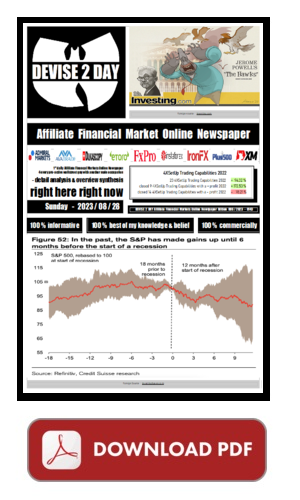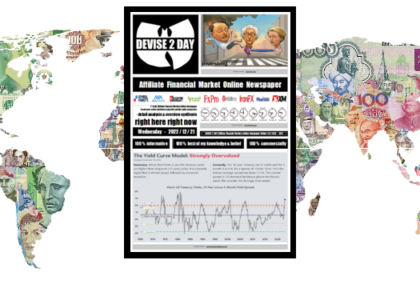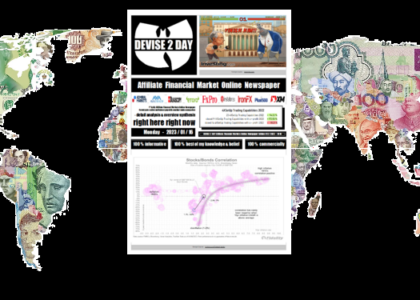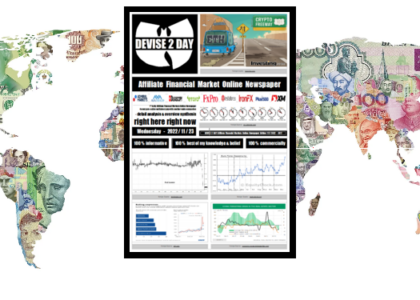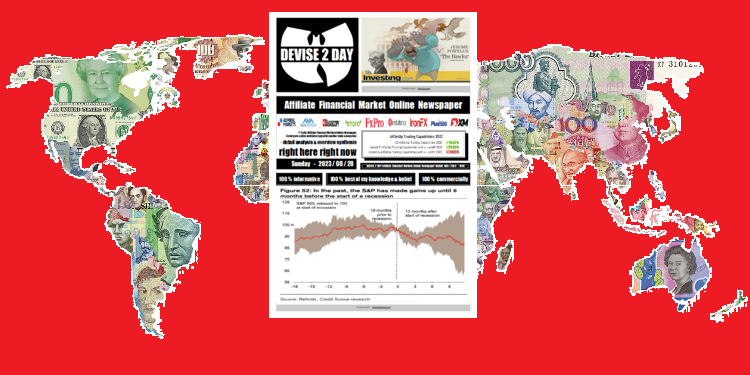
2023/01/08 (143.006) Technical Analysis – … & IDC-EURUSD
New Long EURUSD 4XSetUp Trading Capability At The Start Of 2023, For This Year
– Because I Expect A Similar Proce Action For The EUR This Year As For The USD In 2022
Dollar Subdued After Employment Data
The dollar index failed to hold its initial upside momentum on Friday, pulling from a one-month high of 105.6 to bottom below the 104 mark after the latest jobs report showed wage inflation slowed in December, easing worries over the Federal Reserve’s rate-hike path. The Fed wants to see rising wages to help Americans keep up with inflation but avoid a wage-price spiral. Still, the Labor Department’s closely watched employment report showed that US employers hired more workers than expected in December, with nonfarm payrolls increasing by 223,000 jobs last month. Meanwhile, minutes of the FOMC’s December meeting showed that policymakers committed to pushing rates higher and holding them at a restrictive level until there were clear signs that inflation was easing. This dollar’s weakness was seen across the board, with some of the most pronounced selling activity against risk-sensitive currencies such as the Australian and New Zealand dollars.
10-Year Treasury Yield Falls Below 3.6%
While German 10-Year Bund Yield Hovers At 2.3%
The yield on the US 10-year Treasury fell by 15bps to 3.6% on Friday, the lowest in three weeks, as investors digested a batch of fresh economic data for hints on the outlook of the Fed’s monetary policy. US wage growth unexpectedly slowed in December and earnings for previous months were revised sharply lower. Also, ISM data showed that factory orders contracted more than expected, while service activity unexpectedly declined. Still, a batch of labor data released this week confirmed that the US labor market remains stubbornly tight, with non-farm payrolls, ADP employment change, and ISM manufacturing employment surprising to the upside.
The yield on the German benchmark 10-year Bund hovered at 2.3%, well below an over 11-year high of 2.6% touched on December 30th as investors hope inflation has peaked. Preliminary data showed Euro Area inflation rate fell by more than expected to 9.2% in December, returning to single digits for the first time since August, reflecting slowdowns in Germany, France, Italy and Spain. Meanwhile, Bank of France chief Francois Villeroy de Galhau said the peak forborrowing costs may be reached toward the summer. Still, concerns over a global economic recession mounted amid rising borrowing costs and stubbornly high inflation. Also, expectations of increasing government funding and falling excess liquidity will likely continue to support yields.
Wall Street Rallies To Close Week Higher
As European Stocks Rise Before Today, Post Best Week Since November
US stocks closed sharply higher on Friday, lifting major equity indices enough to book strong weekly gains after a batch of economic data drove investors to ease expectations of aggressive monetary tightening by the Federal Reserve. US wage growth unexpectedly slowed in December and values from prior months were revised sharply lower. To add, ISM data showed that non-manufacturing business activity declined, while factory orders contracted well above expectations. Still, the jobs report showed that the US economy added more jobs than expected for the ninth consecutive month, adding to evidence of stubborn tightness in the US labor market. The Dow added 700 points and the S&P 500 gained 2.3%, both notching gains of 1.4% on the first week of the year. In the meantime, the Nasdaq 100 outperformed and gained 2.8%, rebounding after the hawkish signals from FOMC minutes as 10-year Treasury yields retreated 15bps.
European equity markets rose on Friday, with the German DAX and the benchmark Stoxx 600 up 1.2% led by gains in basic resources, chemicals and energy stocks as investors reacted to upbeat data from the US and the Eurozone. The US jobs report showed the annual wage growth slowed to the weakest since August 2021 and that the economy added 223,000 jobs in December, ahead of expectations, while the unemployment rate fell below forecasts to 3.5%, matching its pre-pandemic level. Also, the inflation rate in the Euro Area fell to 9.2% in December, the lowest in four months, while business sentiment improved for the second consecutive month. For the week, the regional pan-European Stoxx 600 index advanced 3.4%, the most since mid-November.
DXY Holds Above 105 Because Euro Holds Close To 7-Month Highs
#
The dollar index held above the 105 mark on Friday, remaining close to its highest in a month, after the latest jobs report showed the labour market remains strong, keeping pressure on the Fed. The US economy added 223K jobs in December, beating market expectations of 200K. Still, weaker-than-expected wage growth eased some concerns about the pace of the Federal Reserve’s interest rate rises. Meanwhile, minutes of the FOMC’s December meeting showed that policymakers committed to pushing rates higher and holding them at a restrictive level until there were clear signs that inflation was easing. The dollar rallied against most major currencies while it continued to depreciate against emerging market currencies.
The euro traded around $1.05, not far from a seven-month high of $1.07 hit on December 30th, as investors digest the latest inflation readings. Fresh data showed price pressures eased more than expected in the Eurozone, with the annual inflation rate hitting a four-month low. Inflation also eased in Germany, France, Italy and Spain, as energy costs cooled amid a retreat in natural gas prices. However, excluding energy, inflation continues to hold at record levels. Thus, the new CPI data is unlikely to change the ECB monetary policy path for now, with another increase in borrowing cost expected next month. Meanwhile, Governing Council member Francois Villeroy de Galhau recently said the ECB should hit the terminal rate by the summer and then keep it at that level for a sustained period to tame inflation.
US Dollar Weakened Because Of End Of Hawkish Monetary Policy In 2023
The economic outlook is also changing dynamics. For a long time we assumed that the Fed would tighten monetary policy more aggressively than the markets estimated. This is no longer the case. Although markets expect further rate hikes in the first half of 2023, and/or currently expect only moderate rate cuts in the second half. I not! I expect further interest rate hikes in the first half of 2023 – but for the second half I not expect that the Fed will cut their interest rates a luttle bit, as the markets are currently expecting. And this should result in an higher price action for the euro against the us dollar.
good morning, good day, and/or good night
at whatever time, wherever you are !
right here right now :

